Researchers conducted new dating analysis on eggs found in China from 85 million years ago—providing stunning details
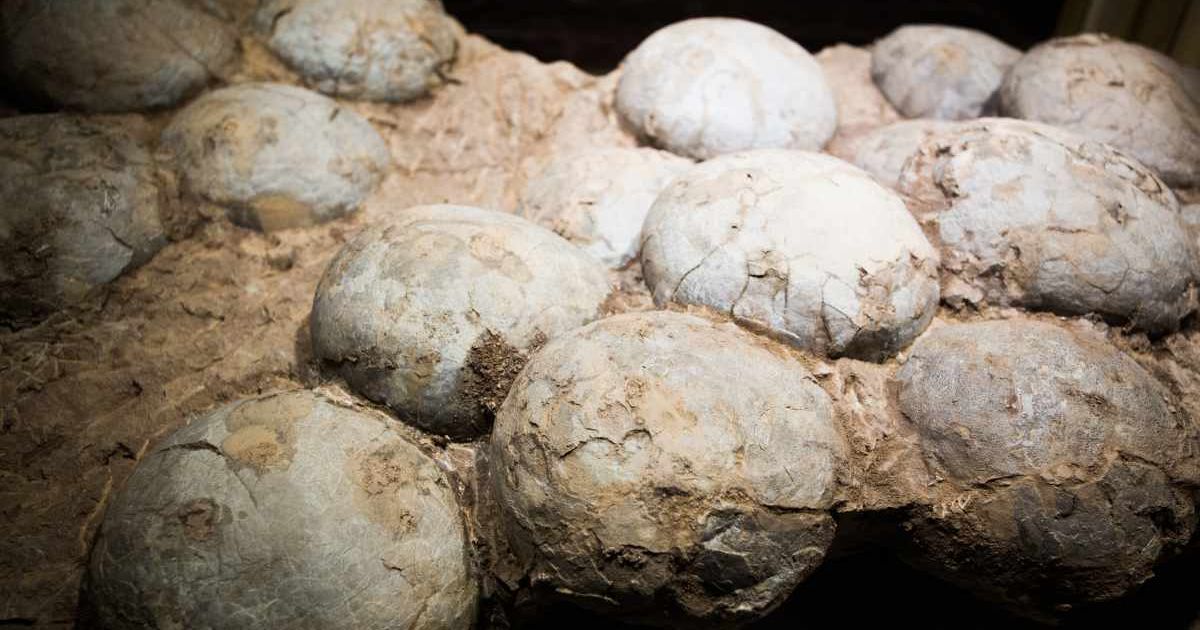
Some dinosaur eggs have been analyzed with a new method, which revealed some eye-opening insights. Findings regarding these eggs have been published in the journal Frontiers in Earth Science. The evaluation considered 28 eggs, uncovered from a site known as Qinglongshan in Shiyan's Yunyang District, China. Researchers examined the eggs using a technique called in-situ carbonate uranium-lead (U-Pb) dating. This methodology allowed them to pinpoint more accurately the period when they were laid. It is the first time these eggs have been dated directly since their discovery.
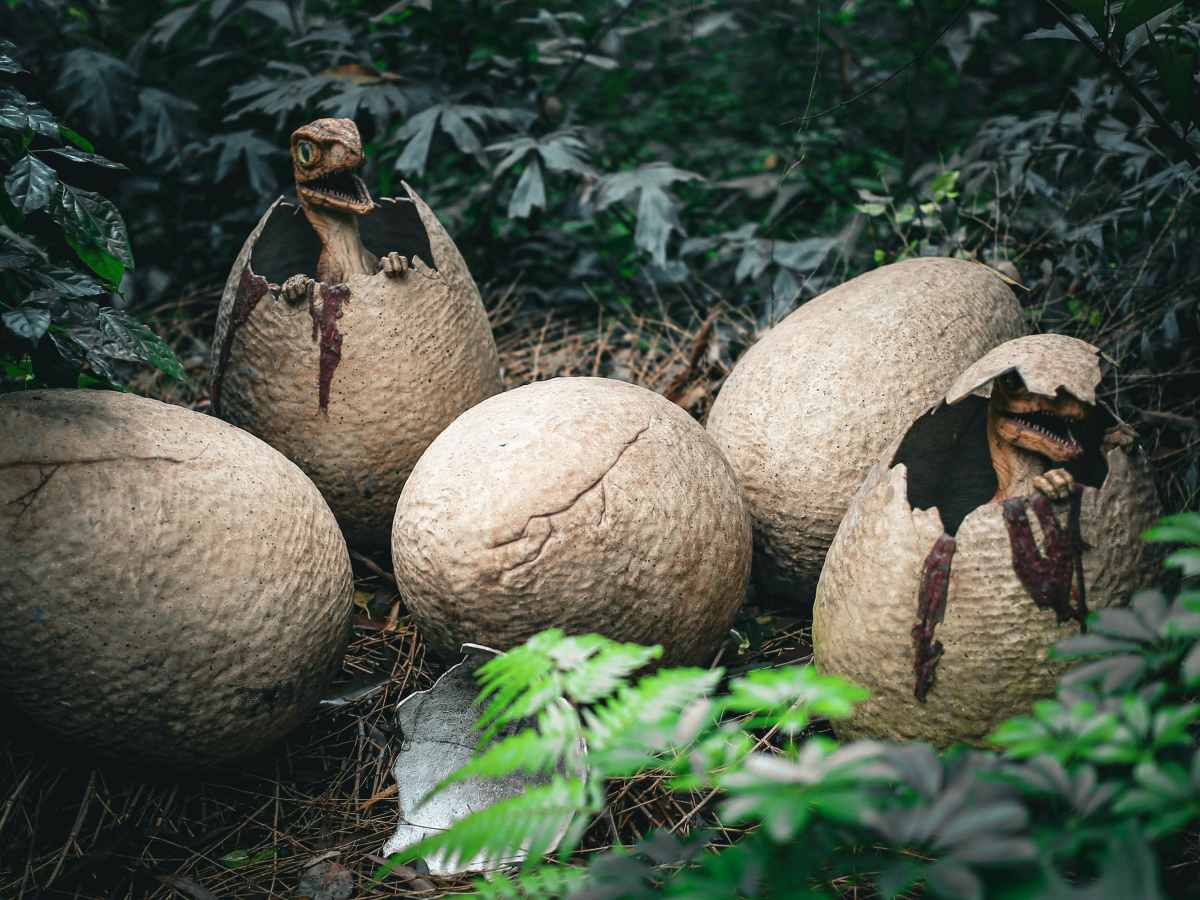
Who Laid These Eggs?
The 28 eggs examined as part of the study were detected in a collection of around 3,000 fossilized eggs from the site, according to Discover Wildlife. All of these eggs were three-dimensionally preserved, mostly intact, and exhibited minimal deformation. After the eggs' analysis, researchers claimed that they were laid by the dinosaur species "Placoolithus tumiaolingensis," which is widely known as an ootaxon by paleontologists. Insights regarding these kinds of creatures are only available from their eggs, and not from other remains, like bones. Further investigation through U-Pb dating revealed that the dinosaur eggs were around 85.91 million years old, with an uncertainty of 1.74 million years.
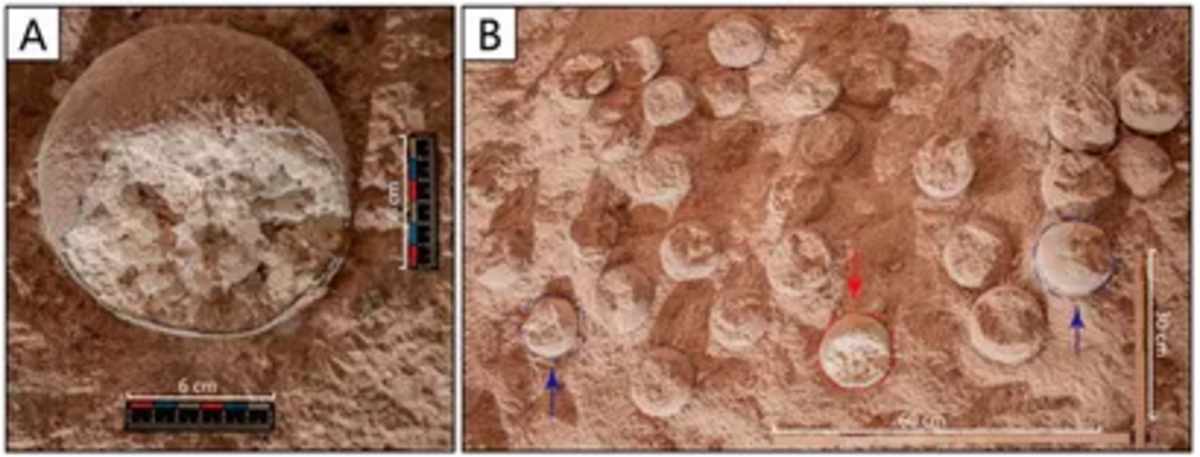
Using Carbonate Uranium-lead (U-Pb) Dating
Typical methods of dating dinosaur eggs have been questioned by experts for years, according to Science Daily. This is because these methods depend on readings from surrounding rocks or minerals, which could have suffered an alteration in features over millions of years. The evaluation described in the study is the first time these eggs have been directly examined, without interference from surrounding materials. To conduct U-Pb dating, a micro-laser was fired on eggshell samples, which vaporized carbonate minerals into aerosol. Thereafter, a mass spectrometer was used to determine the number of uranium and lead atoms in the aerosol.
The quantity of uranium is vital, as the element is known to decay at a fixed rate, which allows experts to determine the fossil's age by putting together uranium's present state and the deformation it had undergone. After this procedure, the cluster of 28 eggs found embedded within breccia-bearing siltstone became the first set of reliably dated fossils from the site.
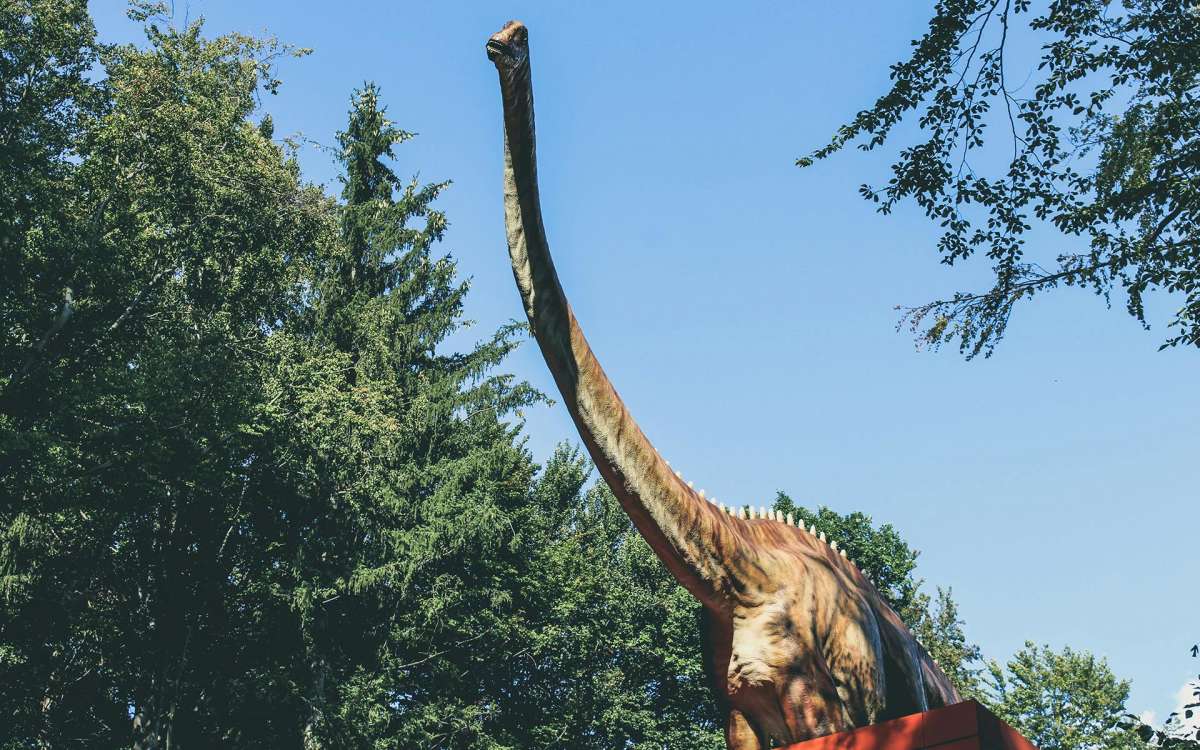
Insights from the Process
If the eggs are 85.91 million years old, then that means they were laid in the Late Cretaceous, an epoch from 100 to 66 million years ago. If this assertion is true, then these eggs were deposited several million years after the global cooling that took over the planet during the Turonian epoch (93.9 to 89.8 million years ago). Researchers claimed that at the time of laying, the planet's temperature had declined significantly. The team believes that diversity among dinosaurs diminished during this period in the region due to this transition. Some other effects of this transition cited by the study include specific adaptation and a change in the number of eggs laid by dinosaurs at that time.
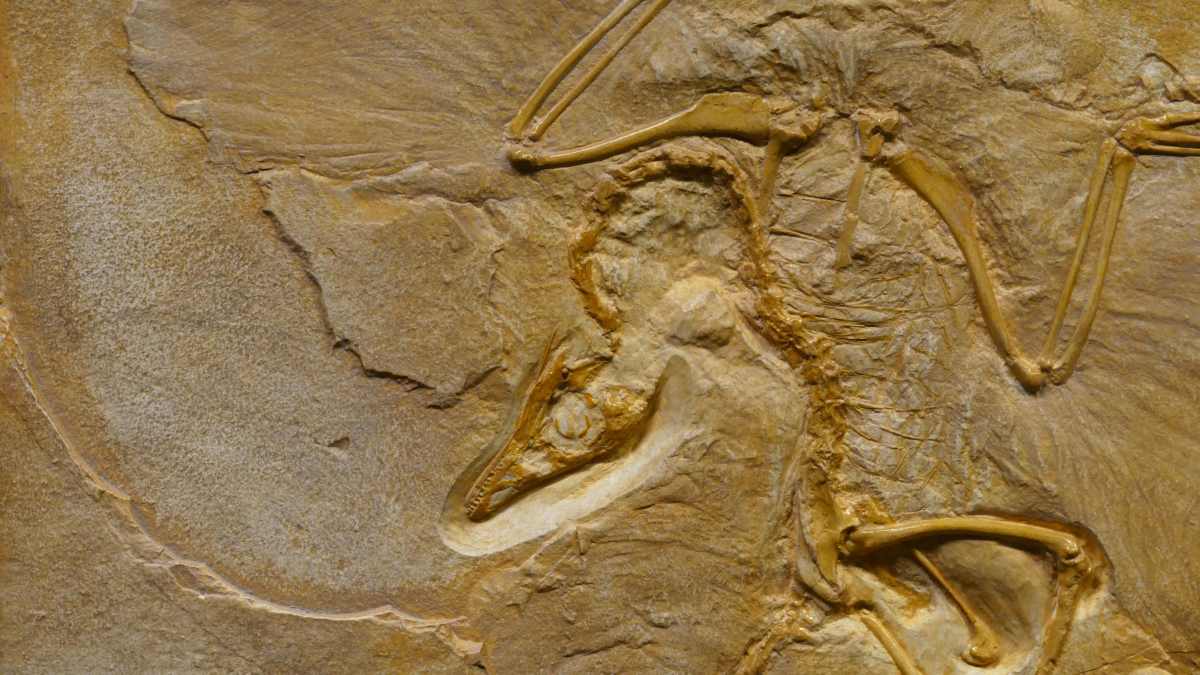
One of these adaptations is the distinct pore structures spotted on Dendroolithidae eggs. "Dendroolithids' specialized pore structures may represent evolutionary adaptations to this climatic shift, as novel egg types emerged worldwide during cooling," Dr Bi Zhao, a researcher at the Hubei Institute of Geosciences, said. Considering that this adaptation is in play, it could mean that this dinosaur species did not sustain well in a cold environment and became extinct. More findings about these eggs could reveal information about the fate of these dinosaurs. "Our achievement holds significant implications for research on dinosaur evolution and extinction, as well as environmental changes on Earth during the Late Cretaceous," Zhao said. "Such findings can transform fossils into compelling narratives about Earth's history."